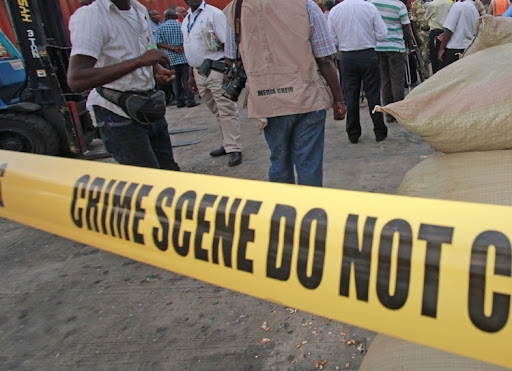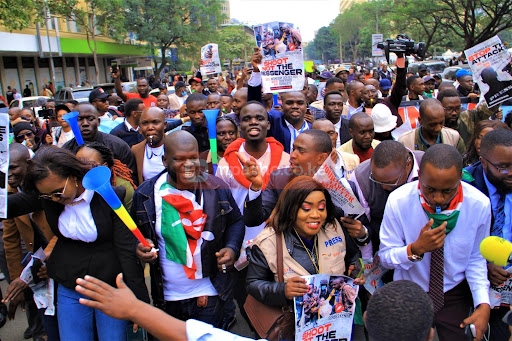Despite a great potential to pursue climate and green growth objectives to accelerate economic growth, this has been slow in Africa, according to the the African Development Bank.
The lender says African countries have the greatest potential for investments in green infrastructure and technology but still lags other regions.
"Africa lags Latin America and the Caribbean, North America, East Asia and Pacific, and Europe," the lender says in its latest regional economic outlook titled 'Mobilising private sector financing for climate and green growth in Africa’
The continent however performs better than the Middle East and South Asia on green growth achievements.
AfDB says the slow growth is due to low levels of development, low legacy high-emissions infrastructure and the lowest frequency of infrastructure and project finance default rates, estimated at about 5.5 per cent.
It's report is based on green growth readiness assessment in Gabon, Kenya, Morocco, Mozambique, Rwanda, Senegal and Tunisia.
It was conducted in conjunction with the Global Green Growth Institute (GGGI).
The survey shows high political commitment to green growth in the aforementioned countries, mainly supported by climate and green growth policies and strategies.
But in several other countries, the survey notes limited evidence that climate and green growth strategies were aligned with sectoral policies and strategies.
“Policies also lacked fully costed implementation plans, with technical capacity and financing gaps and weak regulations limiting some countries’ green growth readiness.”
Kenya has been committed in recent past to support green investment for job creation and revenue growth.
Early this year, it unveiled plans to agree to the establishment of a Global Green Growth Institute (GGGI) that will support its green investments initiatives.
The National Treasury noted that the key areas the country could tap into with the platform included waste, solar energy, sustainable transport, green buildings and industry, forest (sustainable) landscapes and gender-inclusive development.
The exchequer further noted that joining the GGGI will bridge the gap between finance and projects through the development of bankable projects, national financing vehicles and risk reducing instruments.
“The country will also be better positioned to leverage public and private sector investment in green growth projects and programmes at a scale which can bring about required change.”
In addition to low readiness, the AfDB report notes that Africa is generally low-performing on most green growth dimensions.
The continent’s Green Growth Index (GGI) stood between 48 and 50 over 2010-2021 period, moving from a median of 48 in 2010 to just 50 in 2021.
In terms of the share of green jobs in total manufacturing employment, Africa's measure of green employment averaged 2.5 per cent between 2010 and 2018, less than half the average for the rest of the world at 5.5 per cent.











